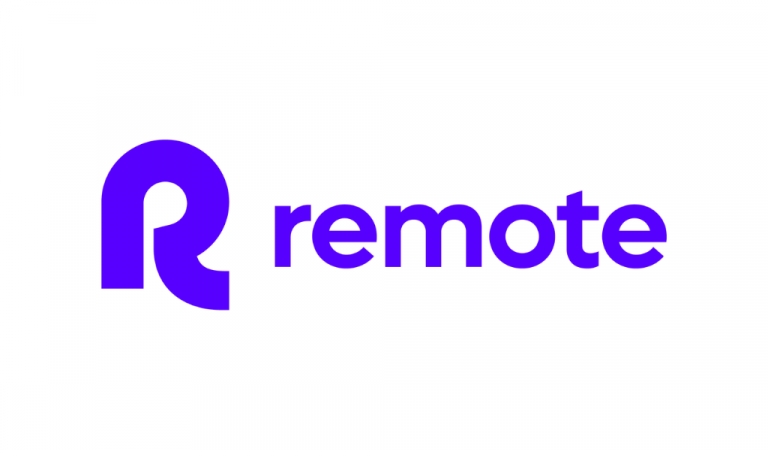Nearly half (44%) of 18-24 year olds believe remote work doesn’t necessarily mean working in their home country. With Gen Z expected to make up a quarter of the workforce by 2025, global hiring is now a key workforce trend. The good news for companies? They can capitalize on international expansion opportunities by tapping into diverse global expertise.
According to findings from Remote’s Workforce Report, more than half (55%) of business decision makers say they want to hire the best person for the job, regardless of location. But to make the transition from a local employer to a global employer, you first need to ensure your hiring process is set up with international candidates in mind.
The need for an international recruitment strategy
Global expansion occurs when a company expands its operations to countries or regions outside its home market, usually with the goal of increasing market reach, increasing revenue, or gaining a competitive advantage.
As part of a company’s expansion strategy, a global recruiting plan is crucial because it gives companies access to talent in previously untapped markets, providing unique regional insight into the culture and business environment.
“A global recruiting strategy requires cultural buy-in from all hiring managers,” says Anastasia Pshegodskaya, director of talent acquisition at Remote. “Everyone needs to trust the strategy and the process. It’s important to be proactively inclusive and embrace practices that are agnostic to time zones.”
Preparing for companies to hire globally
These are Remote’s top tips for creating a global recruiting strategy that will help you tap into new markets now and into the future.
Define parameters. The first step is to determine the specific skills, qualifications, and experience required for each role. Then, identify target locations and ensure your organization is aware of country-specific labor laws and visa requirements. Localize job ads. Tailoring job ads for candidates from different regions can attract applicants from around the world. Research job boards in other countries to understand what local employers are offering and what candidates are looking for. Consider flexible hiring. Hiring remotely from overseas doesn’t necessarily mean hiring full-time employees. For example, hiring international contractors allows HR leaders to tap into global talent with less complexity and long-term commitment. Leverage global recruiting channels. Many recruitment agencies and job boards are now tailored for global remote roles. These tools can help HR leaders reach international candidates and underrepresented groups. Think asynchronously. In a distributed workforce, an asynchronous culture is key. While time zone differences can impact communication and team dynamics, an asynchronous model respects candidates’ and employees’ time and work-life balance. Be proactively inclusive. Set aside biases, especially when conducting remote interviews: ask candidates if they need special assistance, be clear about things like pronouns, and don’t judge them based on their Zoom background. Use an Employer of Record (EOR): If your organization doesn’t already have a legal entity in the countries where you’re hiring (setting up a legal entity can be costly and complicated), using an EOR can make global hiring faster, more efficient, and above all, more legally compliant.
“The ability to hire global talent remotely is great news for companies looking to expand into new, high-margin markets,” Przegotskaya says, “but it’s important for employers to consider whether their hiring practices meet global standards, not just from a process standpoint, but also from a culture standpoint.”


